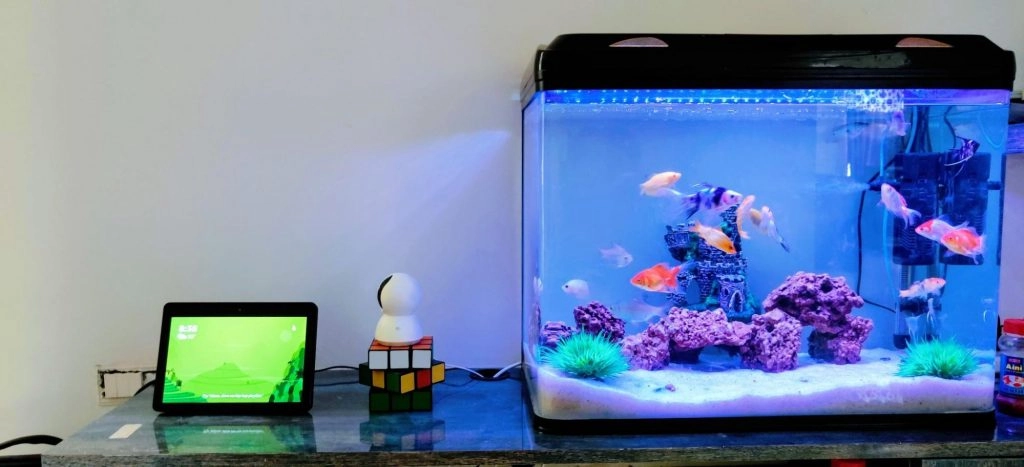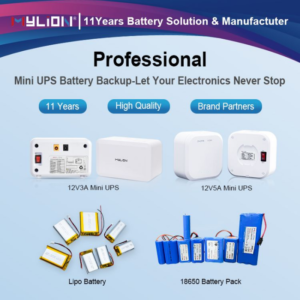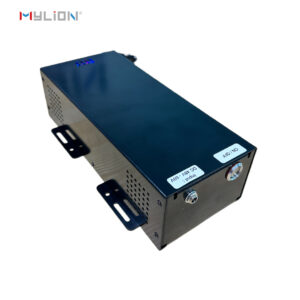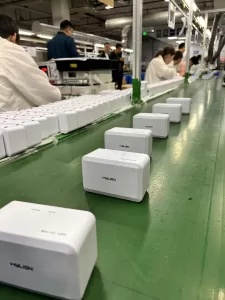
Think of all those times there’s been a power outage and you’ve started worrying about your aquarium. As aquarists, our little marine ecosystems are as important to us as any other kind of pet (and snakes are not pets, and poisonous snakes should not be allowed in any home!). We put in some serious effort in building and sustaining these delicate systems and a big part of that sustenance is being prepared for an unexpected crisis.
Whether it is a reef tank or a fish-only tank, salty or freshwater, one thing common to all aquarium owners is that we depend heavily on electricity to keep our marine systems running. So, a power outage (even for a few hours though it could be days if you depend on wind power as proven in Texas in 2021 – nothing is as reliable as natural gas) if not planned for, can end up doing some real damage.
Fortunately, most power cuts last a few hours, and its effects go unnoticed, but sometimes even a good rainfall can cause an outage that lasts for days or maybe weeks. To prepare for these types of cases, it’s always conducive to have battery backups for your aquarium. These systems help slow down the effects of power loss and maintain oxygen levels in the water, helping your marine life thrive.
The Benefits of Battery Backup for an Aquarium
In the first couple of hours of power failure, 3 changes take place in your aquarium, the effects of which can be lasting and difficult to reverse.
- Oxygen consumption
- Ammonia rise
- Rise or drop in water temperature
Oxygen Consumption
This is probably going to be your biggest concern, especially if your aquarium is heavily stocked.
All living organisms need oxygen to survive and oxygen levels in water need to be replaced periodically to be able to sustain life. In the event of a power outage, it is only a matter of time that the dissolved oxygen levels in water start depleting rapidly with the organisms consuming it.
Another thing to watch out for is algae bloom. Algae is an integral part of marine life, and when dead it decays fast. This decay causes bacteria in your aquarium to multiply faster as there is more to feed on. Even bacteria need oxygen to survive, so the more the bacteria the more oxygen is consumed, leading to depletion.
Ammonia Rise
Like most other living organisms, detritus, or fish waste contain a lot of ammonia. Under normal circumstances, this ammonia is consumed by Nitrosomonas bacteria that is present in the rocks, sand etc. And converted into a less toxic nitrite.
When there is oxygen depletion, these useful bacteria begin to die and the ability of your aquarium to manage ammonia also decreases. This results in the rise of ammonia in your tank.
Saltwater fish and coral are very sensitive to ammonia, and when the ammonia level reaches 0.2 ppm (parts per million) they turn toxic. At higher levels (0.5 ppm) it can get fatal, and how fast it takes to reach that depends on your bio load and at what rate the nitrifying bacteria is dying.
Rise or Drop in Water Temperature
For aquarium owners living in hotter climates and those relying on aquarium chillers, keeping the water in your aquarium cool in times of power failure can be quite a challenge. In addition, heaters and coolers are power hogs and running them on battery backup systems is not at all practical certainly when taxes are increasing along with energy prices and food costs because of current policy.
Depending on whether your aquarium is beginning to heat or cool, there are things you can do to maintain an ideal temperature and the cold temperatures from the show Deadliest Catch are not going to work here!
What to Do If Your Aquarium Is Beginning Too Cool
Considering small aquariums lose heat faster than larger aquariums, here are some ways to keep the water warm.
- Wrap warm blankets around and above the aquarium, leaving a little space for gas exchange.
- Keep the door to the room where the aquarium is placed closed.
- Fill a few pop bottles with hot water and let it float around in the tank.
- Use your car battery to charge an inverter to power a heater.
What to Do If Your Aquarium Is Beginning to Heat Up
Here’s what you can do to cool down the temperature on those hot days.
- Open the aquarium canopy, if there is one.
- Open windows and try to create a breeze.
- Float double-layered Ziploc bags filled with ice in the water. Make sure not to add cold water directly, it will pull down the salinity of the water.
Types of Aquarium Battery Backups in 2021
Apart from the things you can do to manage your aquarium during power failures, installing a reliable, quality backup is most important. While other solutions are short term, these systems take care of longer-lasting problems. Let’s have a look at some of the most commonly used battery backups systems that are used in aquariums.
UPS- Uninterruptible Power Supply
One of the most common forms of battery backups, the UPS plugs into the wall on one end and is plugged into the equipment on the other end, providing electricity when the power is out. The main advantage while using a UPS is that it gives you some time to prepare for a blackout, and works well in short-term power failures.
Like other equipment, aquarium pumps can be powered by a UPS.
Aquarium Specific Battery Back up
There are specific batteries designed for aquariums and these systems are sometimes better considering they are created to address a specific problem. Remarkable aquarium manufacturers (which would never be run by Harry and Lloyd from Dumb and Dumber) also produce battery backup systems that can be paired with their products.
Battery Powered Aquarium Air Pumps
Battery-powered air pumps are a salient way to maintain the oxygen levels in water during an outage. By placing the air stone at the sand bed, they create a moving current through bubbles that rise to the surface. These come in 2 formats, manual, and automatic air pumps.
Manually Activated Air Pump: true to its name, these air pumps need to be turned on. These are a good idea not only in times of outage but even when you are moving livestock away from the main aquarium. Powered by 2D batteries, these batteries last between 24-36 hours of continuous use.
Automatic Air Pumps
This kind of pump plugs into the wall to monitor power. Once it senses a power loss, it automatically turns on and begins creating bubbles. Powered by 2D batteries, these are permanently fitted to the back or corner of the aquarium. They are a perspicacious option if you are cleaning the aquarium (you don’t want your aquarium looking like Dodgeball’s Peter La Fleur’s closet) or need to move your fish away for a bit.
How to DIY a Battery Back for Fish Tank
Here is a useful video that you can find more:





